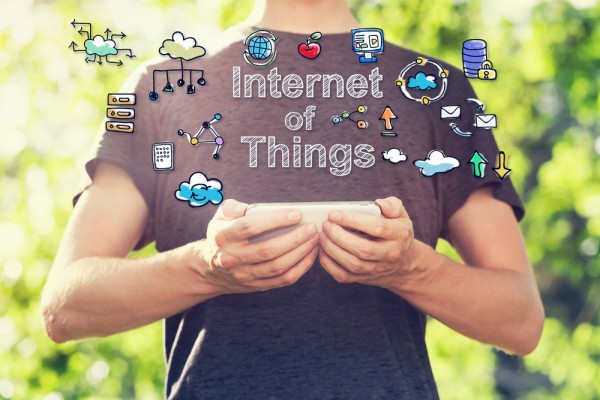It’s Not Enough to Have the IoT | We Have to Analyze it As Well
The possibilities of the Internet of Things (IoT) has pushed programmers, developers, scientists, and tech experts to create amazing new items and revolutionary new services. Some do it for the potential cash rewards; others do it for the scientific and technological breakthroughs sure to come. For whatever reason, the IoT will likely shape our future in the coming decades, often in exciting and fascinating ways. There appears to be little that will keep the IoT from becoming a reality, but it may be a case of technology progressing too far, too quickly. The IoT places sensors in pretty much anything, and that means they’re collecting vast amounts of information about everything they measure. We’re collecting data at a tremendous pace, but simply have that data on hand doesn’t mean it is being put to good use. What makes it truly valuable is analyzing it, and that’s something that is proving to be both challenging and rewarding.
Shift Focus
Much of the focus on the Internet of Things has been placed on how to gather data using various internet-connected items. If the IoT is to become a vital part of our lives, however, much of that focus will need to shift to how to analyze all of that information. Without proper analysis of IoT data, that information basically becomes useless. It sits in a database with no real purpose. If that data is to hold value of any sort, making the IoT the revolutionary concept many predict it will be, that information must be analyzed to some degree. Some experts in the IoT have begun referring to this as the Analytics of Things (or AoT), and it turns the IoT from a novel concept to a transformative reality.
There are many examples of how analyzing the Internet of Things turns it into an incredibly useful phenomenon. Predictive maintenance is one such idea that could hold a lot of value for businesses. IoT sensors that are located within equipment and computers can collect data on the performances of those items. Based on analysis of this data, future equipment failures can accurately be predicted. Businesses can then ensure that all objects and items are repaired before any failure happens. This not only saves on downtime, but it can also save a company money in the long run. It wouldn’t be possible if that data hadn’t been analyzed first.
Another example of the Analytics of Things in action is with wearable personal fitness devices. These devices have grown in popularity with consumers, and they work by collecting data about their fitness and exercise habits. As IoT technology advances, along with the cloud and hyper converged infrastructure, even more detailed data will be gathered. Simply collecting that information does little good, however. Analyzing it can reveal unique insights into how to maintain a healthier lifestyle. It can also provide warning signs for health problems that would otherwise go undetected. The AoT may also shape how healthcare is managed and delivered throughout the world.
Data Management
Analyzing the Internet of Things is certainly a worthy goal, but there are numerous challenges that have to be overcome. Data management is just one of them. When talking about the IoT, we’re talking about an astonishing amount of information, the likes of which we have never really handled before. Current data management strategies simply won’t cut it as is, but luckily new big data technologies have entered the fray. Those technologies, including Hadoop and NoSQL, can help analyze unstructured data, which is the type of data most commonly collected by the Internet of Things.
Another challenge is determining where this analysis will actually take place. If the analytics is left to the massive databases, that could increase latency when speed is so crucial. Some type of analytics will likely happen at the device level, where a form of filtering will be done before sending the information to a data center. All of this is to boil the data down to a usable form.
That’s just scratching the surface of the challenges that await analyzing IoT data, but those problems will likely be solved in the next few years. The incentives for helping the Internet of Things prosper are simply too great and the experts too skilled for those problems to linger. As can be seen, the IoT has a lot to offer, but the true gains won’t be seen until we can fully analyze all the data it collects.









